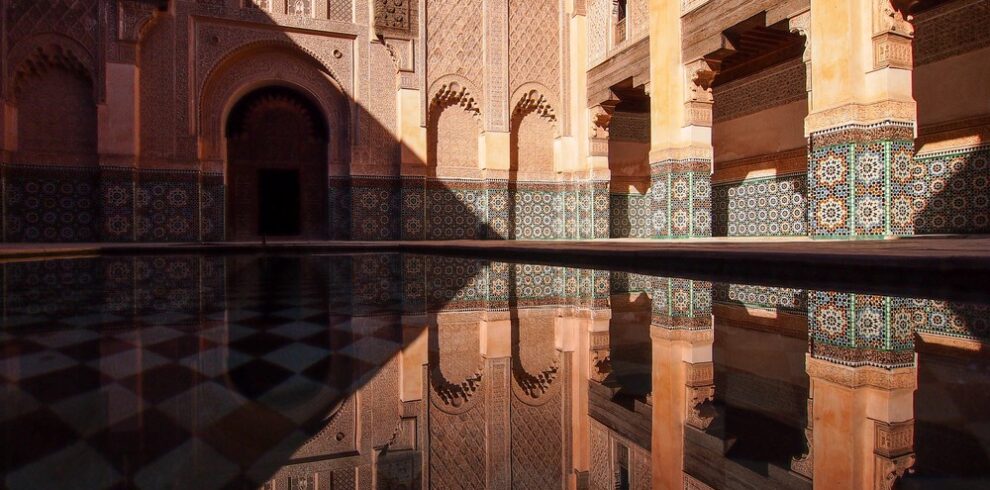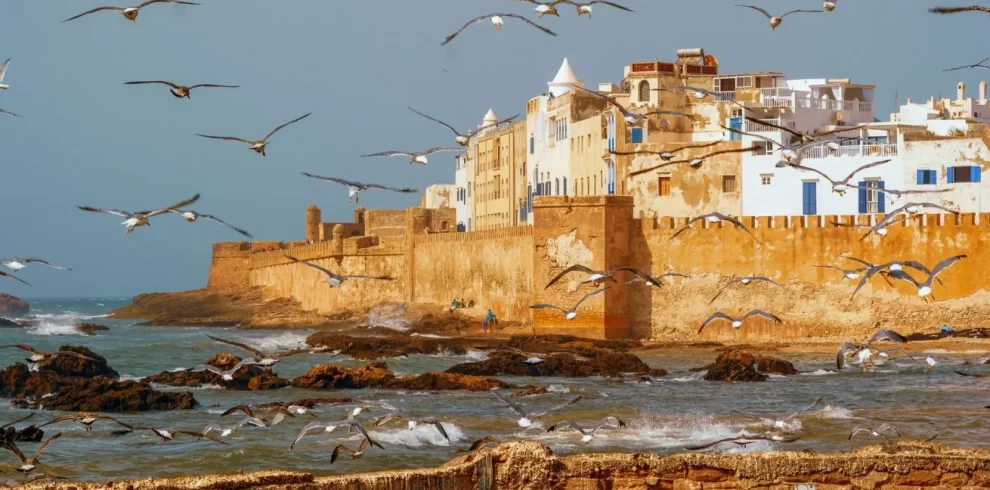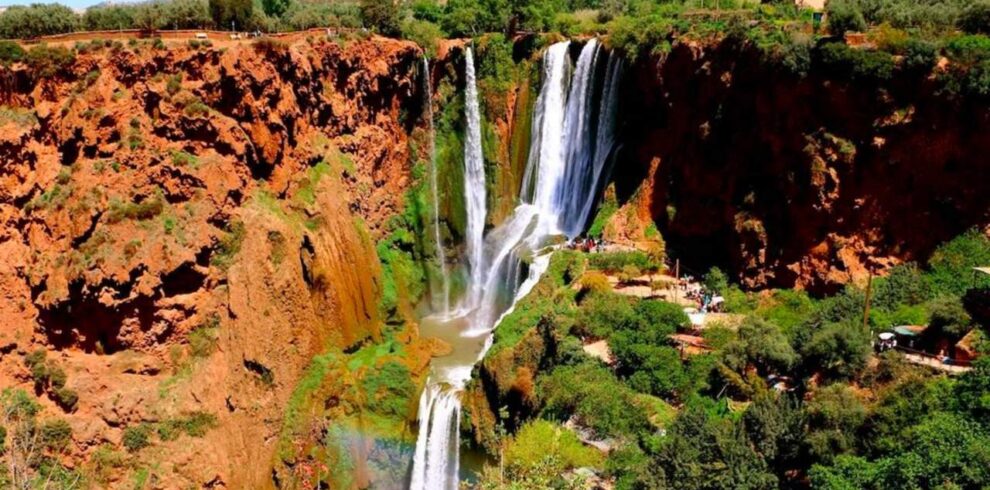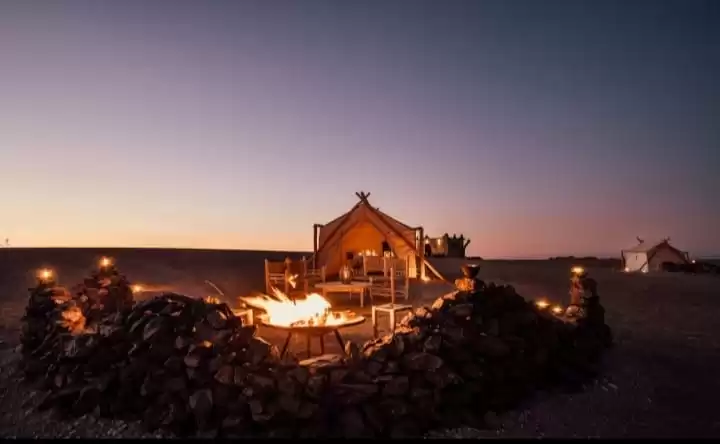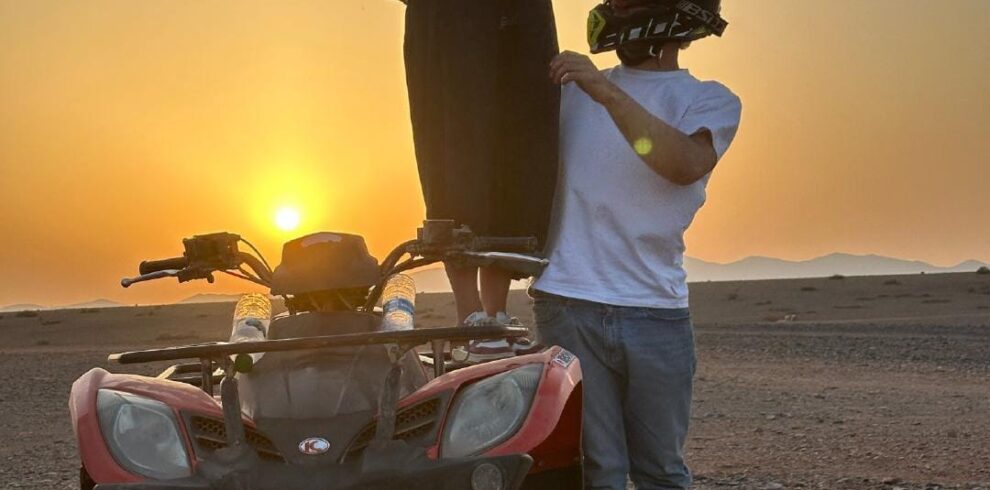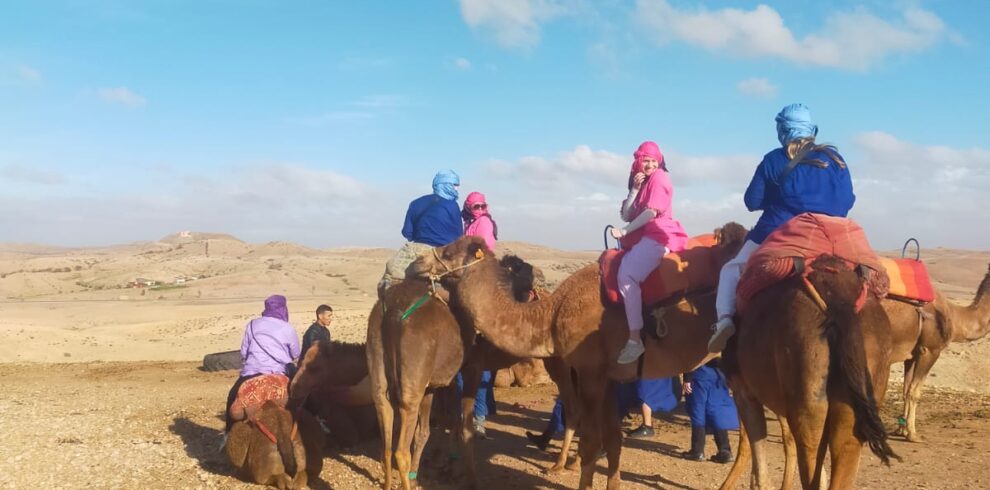Morocco UNESCO World Heritage Travel Guide
Morocco UNESCO World Heritage Sitesare gateways to a land where history, culture, and breathtaking landscapes collide. From the labyrinthine medinas of Fez and Marrakech to the dramatic desert fortress of Ait-Ben-Haddou, these UNESCO-recognized treasures showcase Morocco’s rich heritage as a crossroads of civilizations.
Imagine standing amid the Roman ruins of Volubilis, exploring the blue-washed streets of Chefchaouen, or walking through the towering gates of Meknes – each site tells a story of Berber kings, Arab scholars, and European traders who shaped this fascinating nation.
In this ultimate guide, we’ll take you through all 9 must-visitMorocco UNESCO World Heritage Sites.
Whether you’re a history buff, architecture lover, or simply seeking Morocco’s most iconic experiences, these UNESCO sites promise unforgettable adventures. Let’s dive into the magic of Morocco’s living history!
Morocco UNESCO World Heritage Sites List
Medina of Fez
Step into theMedina of Fez, a living museum and Morocco’s oldest imperial city. Founded in the 9th century, this sprawling labyrinth of narrow alleys and hidden courtyards transports visitors back to medieval times. As you wander through the world’s largest car-free urban zone, you’ll encounter theUniversity of Al-Qarawiyyin, recognized by UNESCO and Guinness World Records as the oldest existing degree-granting university. Don’t miss theBou Inania Madrasa, a masterpiece of Marinid architecture adorned with intricate zellij tilework, or the iconicChouara Tanneries, where leather has been dyed using traditional methods for over a thousand years. For the best experience, visit in spring or autumn when temperatures are mild, and consider hiring a local guide to uncover secret spots like theNejjarine Museum of Wooden Arts and Crafts.

Medina of Marrakech
TheMedina of Marrakechis a sensory explosion of colors, scents, and sounds that embodies Morocco’s vibrant spirit. At its center liesJemaa el-Fnaa, a UNESCO-listed square that transforms from a bustling marketplace by day to an open-air theater of storytellers and musicians by night. Nearby, theBen Youssef Madrasashowcases breathtaking Moorish architecture, while theSaadian Tombsreveal golden chambers untouched for centuries. Art lovers should explore theMaison de la Photographie, and for a peaceful retreat, the hiddenLe Jardin Secretoffers tranquil Islamic gardens. Visit at dawn to photograph the empty streets or at sunset when the light bathes the terracotta walls in gold.

Ksar of Ait-Ben-Haddou
Rising dramatically from the ochre landscape, theKsar of Ait-Ben-Haddouis Morocco’s most iconic desert fortress. This 17th-century clay ksar (fortified village) was a crucial stop on the trans-Saharan trade route and later became a favorite filming location for epics likeGladiatorandGame of Thrones. Climb to the hilltop granary for panoramic views of theOunila Valley, then explore the preserved earthen buildings with their distinctive geometric patterns. Time your visit for sunrise or sunset when the light sets the clay ablaze in golden hues, and pair your trip with nearbyAtlas Film Studiosin Ouarzazate to see behind-the-scenes movie magic.

Historic City of Meknes
Often overshadowed by Fez and Marrakech,Meknesoffers a more intimate glimpse into Morocco’s royal past. Built by the formidableSultan Moulay Ismailin the 17th century, the city boasts monumental gates likeBab Mansour, adorned with exquisite tilework and calligraphy. TheMausoleum of Moulay Ismailis one of few sacred sites open to non-Muslims, while the colossalHeri es-Souanigranaries showcase ingenious ancient engineering. For a macabre twist, descend into thePrison des Chrétiens, where Christian slaves were once held. Visit on weekdays to avoid crowds, and don’t miss the nearby Roman ruins ofVolubilisfor a fascinating contrast.
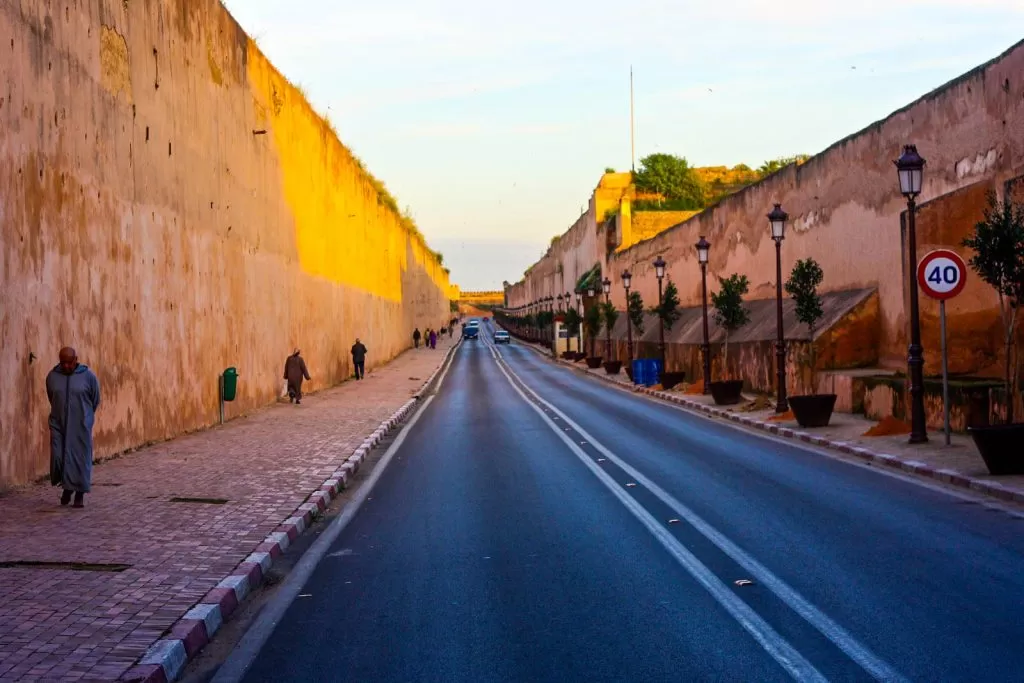
Volubilis – Morocco’s Roman
Nestled in rolling hills near Meknes,Volubilisis North Africa’s best-preserved Roman ruins. Founded in the 3rd century BCE, this archaeological wonder features remarkably intactmosaics(like the famous “Orpheus” panel), a toweringTriumphal Arch, and the remains of olive presses that once fueled Rome’s economy. Stroll through theCapitoline Templeand imagine the city’s heyday as a provincial capital. Early morning visits reward photographers with soft light and fewer tourists, while spring blankets the site in wildflowers. Bring a hat and water—there’s little shade on this open plain where storks now nest atop ancient columns.

Medina of Tetouan
Thewhitewashed Medina of Tetouanfeels like a slice of southern Spain, reflecting its history as a refuge for Muslims expelled during the Reconquista. Winding alleys revealblue-painted doorways,Art Deco flourishes, and workshops where artisans craft traditionalFassi embroidery. Key sights include theRoyal Palace(flanked by guards in red uniforms) and theEthnographic Museum, which displays Berber jewelry and wedding costumes. For a taste of local life, join families snacking onbocadillos(Spanish-style sandwiches) inHassan II Square, or head toMartil Beachto cool off in the Mediterranean.

Medina of Essaouira
With itsazure boatsbobbing in the harbor andsalt-sprayed ramparts,Essaouirais Morocco’s most picturesque coastal medina. This 18th-century fortified port blends Portuguese, French, and Berber influences, evident in itsblue-shuttered housesandSkala de la Villebastions (used inGame of Thrones). Watch fishermen auction their catch at theharbor market, explore theJewish Mellah’ssynagogues, or browse galleries showcasingGnaoua musicmemorabilia. June’sGnaoua World Music Festivalfills the streets with hypnotic rhythms, while year-round, thefish grillsnear the port serve the freshest seafood in Morocco.

El Jadida Morocco
Portuguese City of Mazagan – Europe Meets Morocco
InEl Jadida, thePortuguese City of Mazaganis a hauntingly beautiful relic of 16th-century colonialism. Its star attraction is theCistern Portugaise, an underground Gothic hall where light filters eerily through a central oculus (featured inOthello). Walk along thesea wallsfor Atlantic views, peek into the ruinedChurch of the Assumption, then hitDeauville Beachfor oysters harvested that morning. Unlike busier UNESCO sites, Mazagan feels undiscovered—perfect for history buffs seeking solitude.

Rabat Morocco
Rabat – Where Modernity Meets Tradition
Morocco’s capital,Rabat, seamlessly blends ancient landmarks with cosmopolitan flair. TheHassan Tower, an unfinished 12th-century minaret, stands sentinel over theMausoleum of Mohammed V, where kings are entombed in marble splendor. Nearby, theKasbah of the Udayasdazzles with itsblue-and-white streetsandAndalusian Gardens. For Roman ruins without the crowds of Volubilis, theChellah Necropoliscombines Phoenician, Roman, and Islamic layers amid stork nests and fragrant orange trees. End your day sipping mint tea at aBouregreg Rivercafé as the sun sets over the water.

(FAQ) – Morocco UNESCO World Heritage Sites
Morocco has9 UNESCO World Heritage Sites, each showcasing its rich history and diverse culture. From the medieval medinas ofFezandMarrakechto ancient Roman ruins atVolubilisand Portuguese forts inEl Jadida, these sites highlight Morocco’s architectural, artistic, and historical legacy. Other gems includeAit Ben Haddou’searthen ksar,Meknes’imperial grandeur,Essaouira’sfortified port,Tetouan’sAndalusian charm, andRabat’sblend of old and new.
Morocco has9 cultural sitesand2 natural/mixed siteslisted by UNESCO, totaling11 recognized locations.
TheMedina of MarrakechandAit-Ben-Haddouare among the most popular due to their iconic architecture and film fame (Gladiator,Game of Thrones).
Yes!Major sites likeFez, Marrakech, and Volubilisare well-connected by trains and tours.
Remote sites(e.g.,Ait-Ben-Haddou) require a private car or guided tour from Marrakech (3.5-hour drive).
Spring (March–May) and Fall (September–November):Mild weather, fewer crowds.
Avoid peak summer (June–August):Extreme heat in desert and inland sites.
Recommended for medinas (Fez, Marrakech):Easy to get lost in the maze-like streets.
Optional for ruins (Volubilis, Ait-Ben-Haddou):Signage is limited, but guides add context.
Volubilis:Best-preserved Roman ruins in North Africa.
Meknes:Imperial city with 17th-century Moroccan grandeur.
Yes!Example itinerary:
Day 1–2:Marrakech → Ait-Ben-Haddou (day trip).
Day 3–4:Fez → Volubilis & Meknes (day trip).
Day 5:Essaouira (coastal UNESCO site).
Popular Morocco UNESCO World Heritage Sites Tours & Itineraries
Discover Morocco’s rich history with curated tours covering its9 UNESCO World Heritage Sites. From imperial cities to ancient ruins, these itineraries blend culture, architecture, and adventure.




